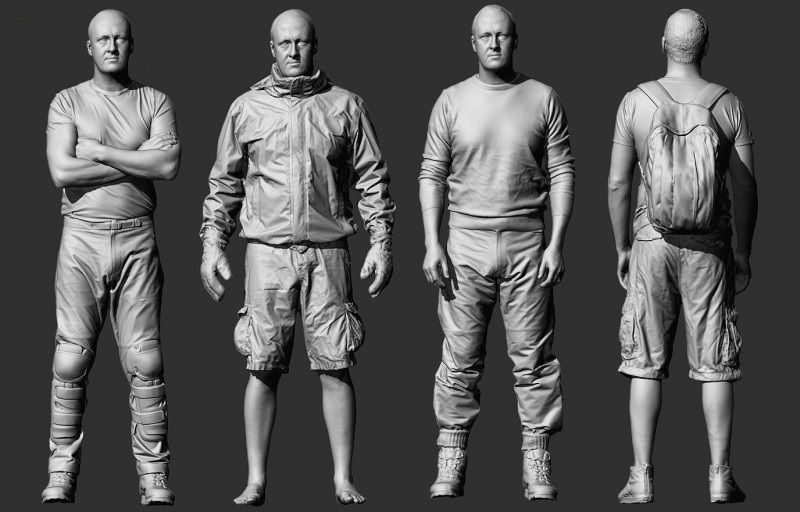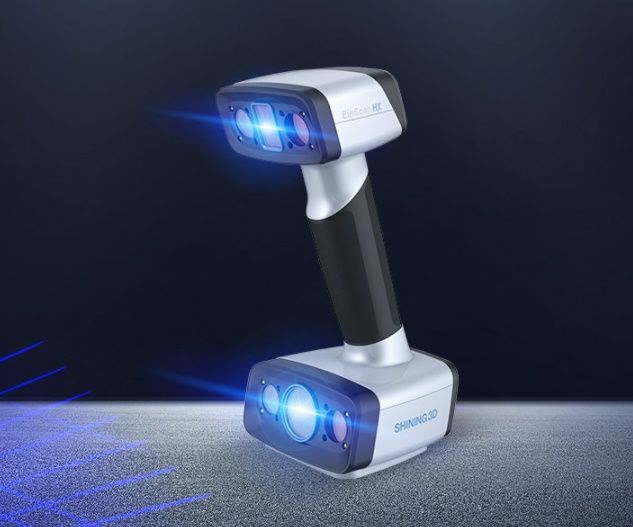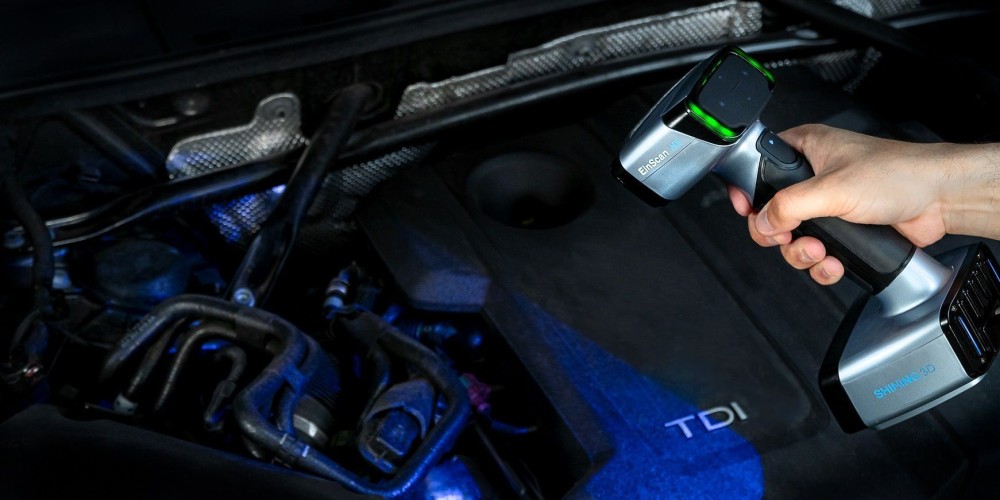How to choose a 3D scanner?
In this Blog article, Reverse Engineering Service expert Mako GmbH provides a guide on how you can select the best 3D scanner in the market.
When it comes to making the right choice for your first 3D scanner, it’s important to take a few simple yet crucial steps, so you can see for yourself exactly which one is best for you.
The first thing to look at when comparing 3D models
And when we focus for a second on what’s most important when choosing a scanner, at the top of the stack, it’s all about resolution. Yes, accuracy is also very important, yet it’s hard to check that when you’re there on the spot. But you can clearly see for yourself the quality of the resolution, so you can immediately compare multiple scans made with different scanners.

Correct Buying Source
It’s also a smart idea to read reviews online and see what users are saying about the scanner as well as the company that makes it. What kind of support does the company provide? This is definitely important. A good 3D scanner is going to last around 10 years, so you need to know what kind of support you’ll be getting over this long period of time.
The proof is in the process
Try to get a feel for how easy it is to use the scanner. How much time will you need to invest in training before you can get the best results from the scanner? And overall, how easy will the scanning process itself be? Do you need to add markers to the object, or can the scanner keep good enough track of everything while scanning without them? The easier it is to scan, the faster your whole workflow is going to be.
Up to date software
The software that goes with the scanner is a key part of 3D scanning. How good is the scanner’s software and how often is it being updated? If it’s not updated regularly, then after, let’s say, five years, you’re not going to be a very happy user.

The lowest price may not be the best price
It’s worth investing in a good scanner that will serve you well for years to come. There’s no point in buying something you’ll just wind up leaving on the shelf because it doesn’t work well enough — even if you did pick it up at a great price. Better to take out a loan and invest in professional equipment. If you have a solid business and a stable income, you can easily qualify for a bank loan for this.
Choose what’s right for you
In terms of which 3D scanning technologies are most desirable, let’s just say that all modern 3D scanning technologies are great, so it really depends on what type(s) of object you need to scan and the results you want to get. When choosing a 3D scanner, you don’t need to worry about what technology the scanner is based on. This isn’t relevant. What you do need to think about is which 3D scanner is right for your application. For example, if you need to scan something very small, you want to choose a scanner that’s able to capture the smallest details of the object in high resolution. But let’s say you need to scan something from a distance of 100 m, then you’re going to need a long-range scanner. That said, the specifics of how each scanner does this, using which technology, is of no real importance to the user.

If you want to explore more about Reverse Engineering, 3D Scanning, CAD software and how to master them check out our Blog Posts here or contact us here to get in touch with a Reverse Engineering expert!

